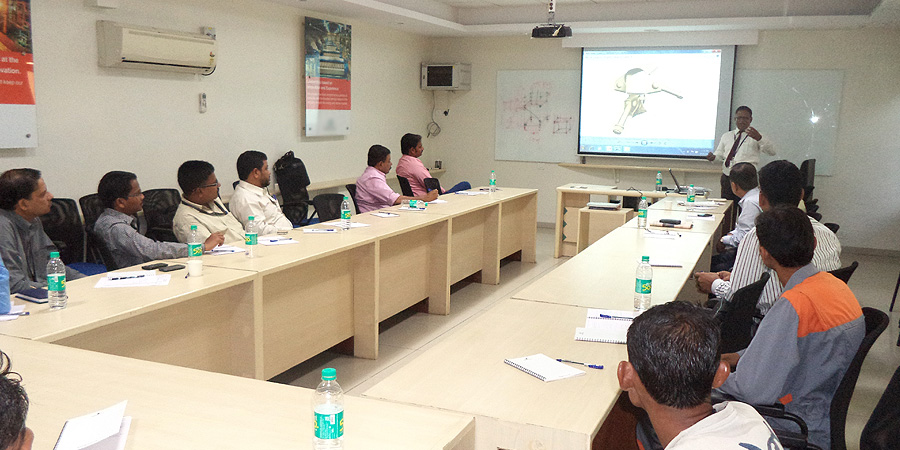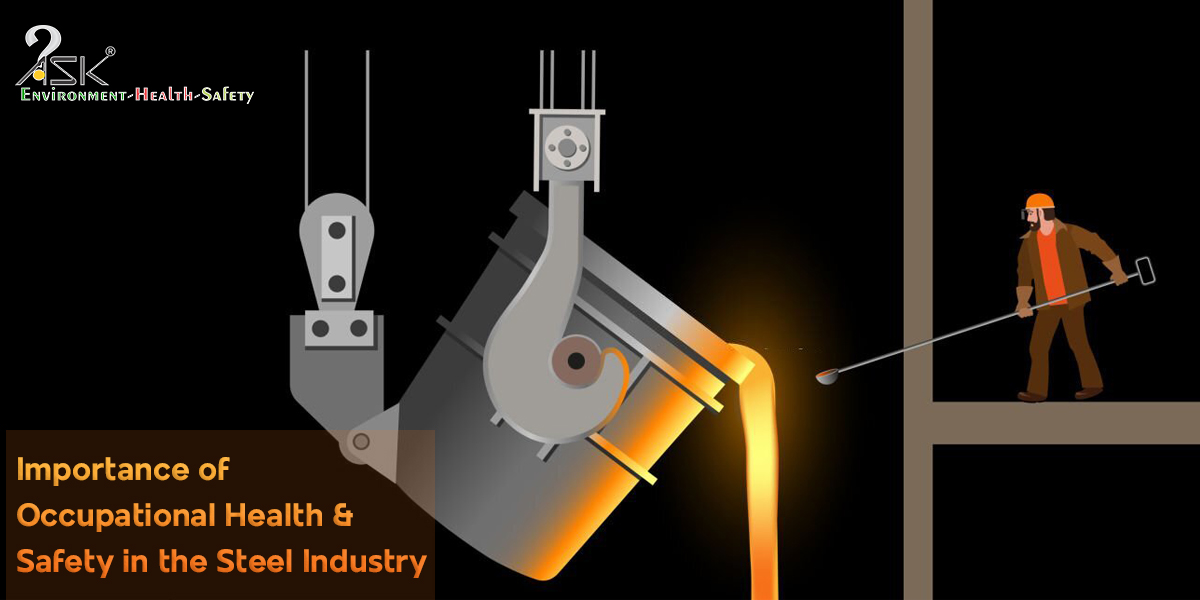Modern EHS Trainings

Human beings are born bare by nature, with no competence, knowledge, information, awareness or any skill. They are molded for any trade by the society or self-effort so as to suit to the requirements needed for the job to be performed efficiently. EHS happens to be an area which is needed for everybody even in general life since he/she has to maintain safety, good health, healthy/conducive surrounding around him/her. For making them suitable for particular trade, specific competence building is required and if the job happens to be hazardous and very risky in nature, special measures are needed to make them fit for the job.
Awareness is to be conscious of something, e.g. EHS risks and hazards. Competence is the demonstrated ability to apply knowledge and skills to achieve the desired goal. Awareness and competence both are achieved through the process of training and information.
EHS training is very important part of EHS culture and it is often a legal requirement for an employer to provide it to all employees on recruitment, at induction, specific job deployment or on being exposed to any new or increased risks due to:
- Being transferred to another job or given a change in responsibilities;
- The introduction of new work equipment or a change of use in existing work equipment;
- The introduction of new technology;
- The introduction of a new system of work or the revision of an existing system of work;
- An increase in the employment of more vulnerable employees(young or disabled persons);
- Particular training required by the organization’s insurance company (e.g. specific fire and emergency training).
EHS professionals need a unique and diversified type of knowledge and training to meet the challenges of the complex and hazardous nature of industries. Enhancing the quality of industrial manpower, particularly in the field of EHS, is a pains-taking and skillful task needing expertise, infrastructure and resources. Quality, Professionalism and competence are the practical needs of the hour in this vital field of EHS.
It is the duty of employers to ensure that managers to contractors, supervisors, floor workers and part-time temporary workers complete or have completed awareness training programs meeting all regulatory requirements. Roles and responsibilities of workers, supervisors and employers who jointly share the responsibility for occupational health and safety is one of the important component of these awareness training programs.
Workplace safety training will impart employees with all the skills and knowledge they require to protect themselves and others against accidental deaths and injuries, it will also help to protect facilities, equipment and reduce the costs associated with organization.
Newer trends and continuous advancement in technology such has made it easier for many industries to educate and impart training to the employees.
Components of Health and Safety Training Program
- Leadership and commitment of the management
- Employee involvement, participation and co-operation
- Identification & analysis of the worksite hazards
- Hazard prevention, protection and control
- Health and safety training to cover the above aspects
Steps for effective safety training program
- Purpose of training should be very well clear to the trainees.
- To maximize the effectiveness, information provided should be very well organized.
- Trainees should be given a chance to practically apply the skills and knowledge acquired.
- Regular and prompt feedback should be given to the trainees.
- Training program should inculcate various training methods for faster learning.
Safety Training Process
Generally, EHS organizations today follow the following training process.
- Research by professional and experience EHS personal including specific input of client requirement.
- Design and develop EHS training (Animated/Flasher/Power point/Feature film)
- “In class” and “on field” training at client’s premises.
- Pre & Post Training Assessment of each participant.
- Re-Training of employee if assessment is unsatisfactory.
- All the participants receive a condensed Safety booklet and a training certificate after successful completion of the training.
- The training schedules are incorporated after finalization of training contract.



Very use full write-up